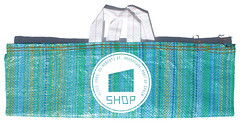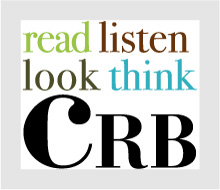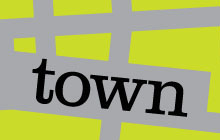Sharelly Emanuelson will present her video, "Doh mix meh up" and share information about Uniarte, an arts organization, founded by the artist, in Curacao.

Sharelly Emanuelson (b.1986) is a filmmaker &
video artist based in the Dutch Caribbean. She acquired her B.A. in Audiovisual
Media from the School of Arts, Utrecht, followed by a M.A. in Artistic Research
at the Royal Academy of Art, The Hague. Her first documentary film “Su Solo I
Playanan” (2010) won an audience award at the Africa in the Picture film
festival (2012). With her latest video installation “Doh mix meh up” she won
the 2014 Royal Academy of Art Master award. Shortly after “Doh mix meh up” was
shown at the Oxford University. Emanuelson’s artistic research, is concerned
with two interdependent inquiries - materializing the effects, formations and
entanglements of the colonial, hyper industrial period that erupted after the post-plantation
world in the Dutch Caribbean territories and exploring the capability and
incapability of representing Caribbean reality and sensibilities. She looks into traditional & alternative
(hi)stories and landscapes to develop her own awareness about creole spaces – a
transatlantic and interdisciplinary understanding of the world I/we experience
today. Bringing together her research, collected material and the spectator’s
experience the artist attempts to construct new contextual discourses that
often remain on the verge of nonexistence.
In the context of Aruba’s 60th Carnival celebration,
the work,"Doh mix meh up," uses Calypso & Roadmarch songs together with the discussions
surrounding this event as a metaphor for negotiations on Aruban identity and
nationalism, which keeps reinventing itself. Aruba seemingly has a
“nationalism” that “fortunately” is not being shaped (according to conventional
ways) because of its condition of constant negotiation. The “we”, referring to;
the island Aruba, the community or the individual is incapable of giving an
exact definition. This constant negotiation is thus a manifestation of
diversity that shows us a fundamental characteristic of the Caribbean. The
“we”, “nos”, “Rubiano”, “Rubianonan”[1], is an ongoing negotiation of the
diversity of its people. In the search of identity, the collective unconscious
recognizes an “under the surface” link and this manifests itself as seeing
Trinidad as a prototype to follow. Apart from the existing link the Dutch Caribbean
has with the Netherlands the work hints at the historical link Aruba has with
Trinidad & Tobago. Together with Curacao, these three islands experienced a
hyper industrial period, which was brought on by the arrival of oil refineries.
The hyper industrial period is a link that the collective unconscious
recognizes as a new beginning.
[1] Rubiano, Rubianonan means Aruban, Arubans in
the Papiamentu language.
See more on the artist's work here








No comments:
Post a Comment